
Product information
Müller-Catoir Bürgergarten ‘Im Breumel’ Grosses Gewächs Riesling 2019
Riesling from Pfalz, Germany
$145
Description
After tasting the Erste Lager, I can’t wait to see what the GG has to offer!
“The 2019 Bürgergarten ‘Im Breumel’ Riesling GG is deep, clear and pure on the aromatic, elegant and mineral nose with its ripe and concentrated aromas of yellow stone fruit. Full-bodied, round and juicy on the silky-textured palate, this is an intense Im Bremen with stewed mirabelle aromas on the finish. Very elegant and with fine tannins, this is a wine to keep.”
Stephan Reinhardt, The Wine Advocate
In stock
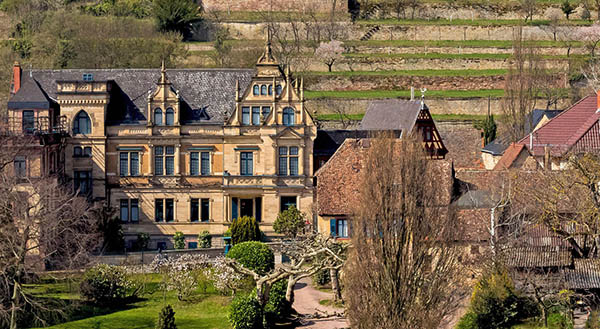
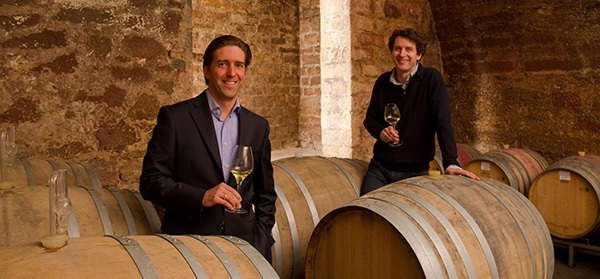
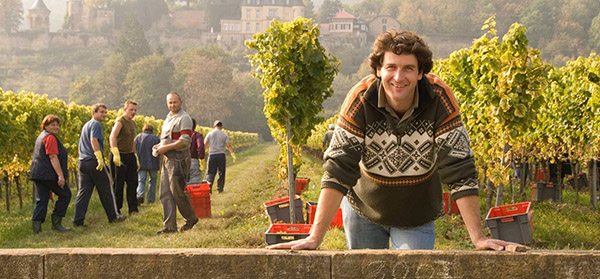





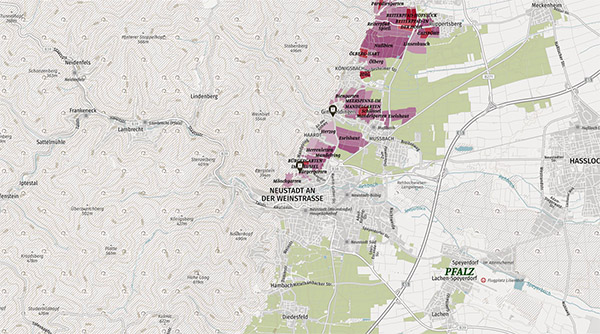
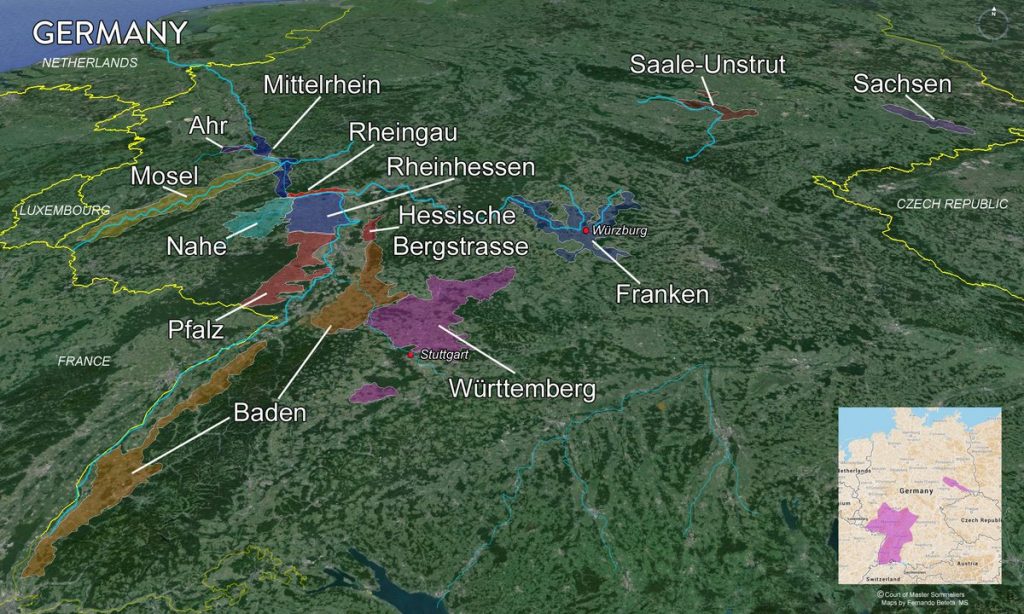
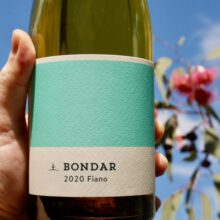
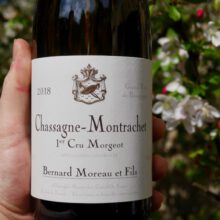
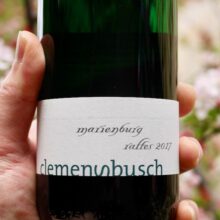

You must be logged in to post a comment.